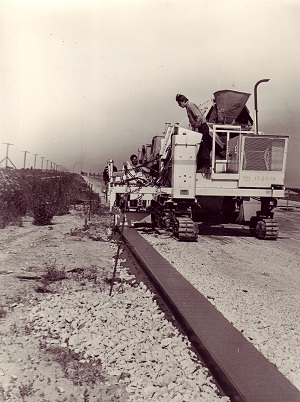In 1985, TREV-2 had soil reserves at Valgejõe and Huntaugu adjacent to the sections of the Tallinn-Narva highway that was undergoing reconstruction. Raudoja reserves were used for construction work on the Piibe highway. Tammemäe quarry and Kõrnumäe quarry situated near Tõdva were in usage; both were situated adjacent to the Kanama intersection. The gravel pit was situated near Ruila. The intermediate storage facilities for crushed stone were situated at Koeralooga adjacent to the Jägala intersection and next to the Tallinn-Tartu highway 30-kilometre marker. In 1989, sand was extracted from the Huntaugu, Kuusalu, Vahelaane, Harku and Tammemäe quarries.
In 1986, the projects for the Kalajärve and Kuusalu quarries next to the Tallinn-Narva highway were finished.
By 1989, the Pärnu mnt 463 plot incorporated the following finished buildings and facilities:
- repair workshop
- boiler plant
- warehouse
- transformer substation
- cleaning equipment and devices
- utility networks
- 3-storey residential buildings and garages for cars next to Külvi Street.


